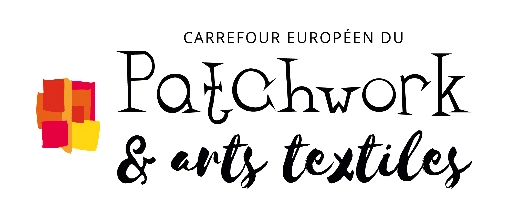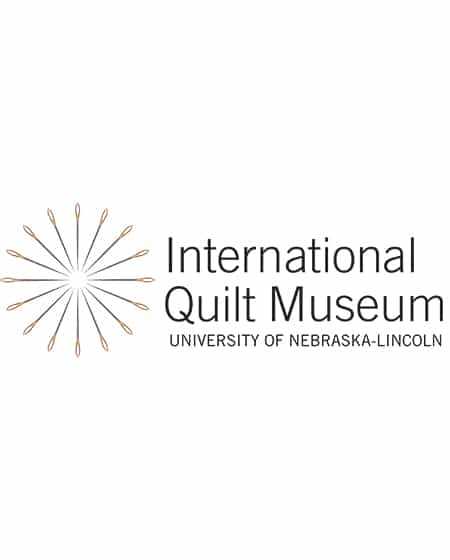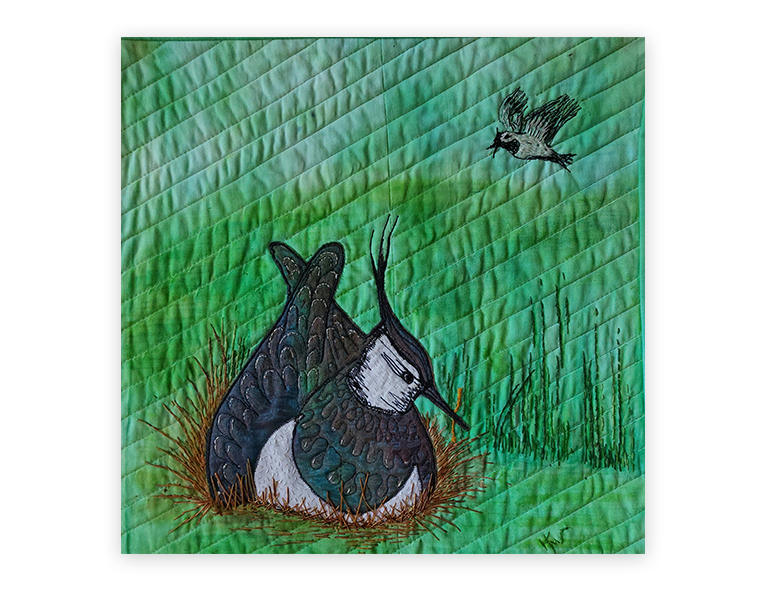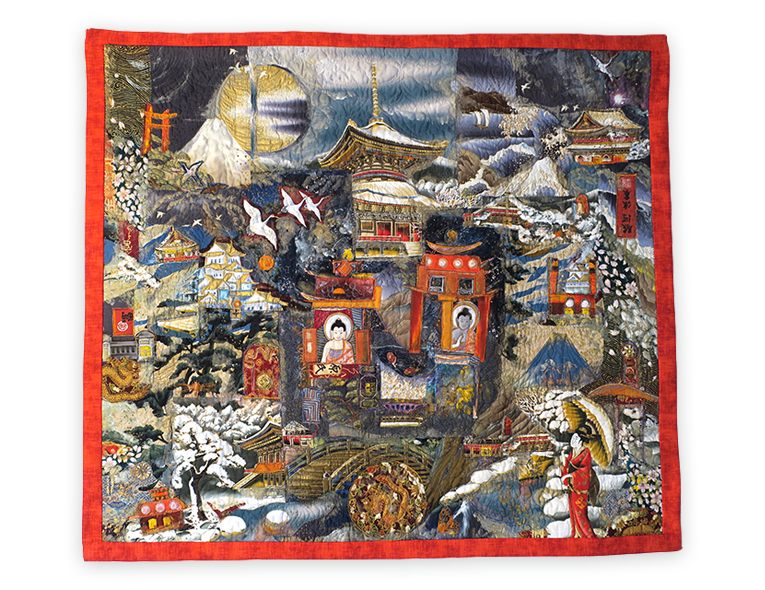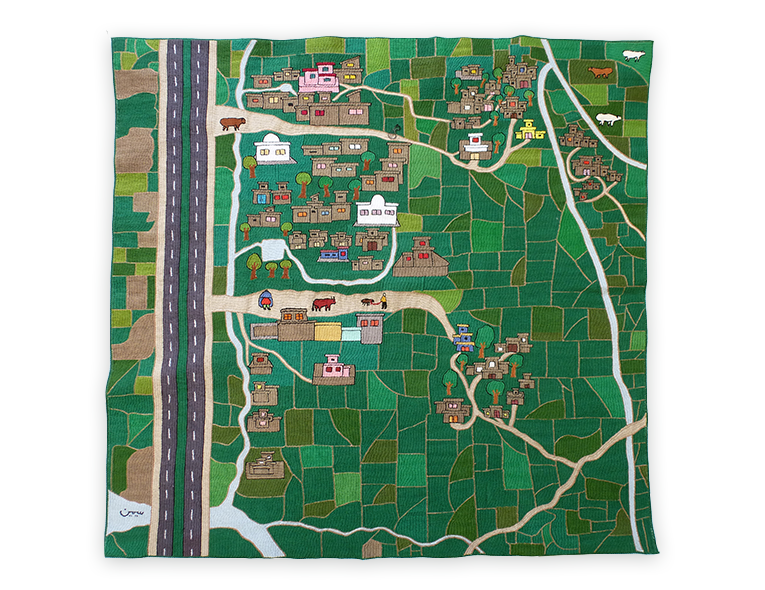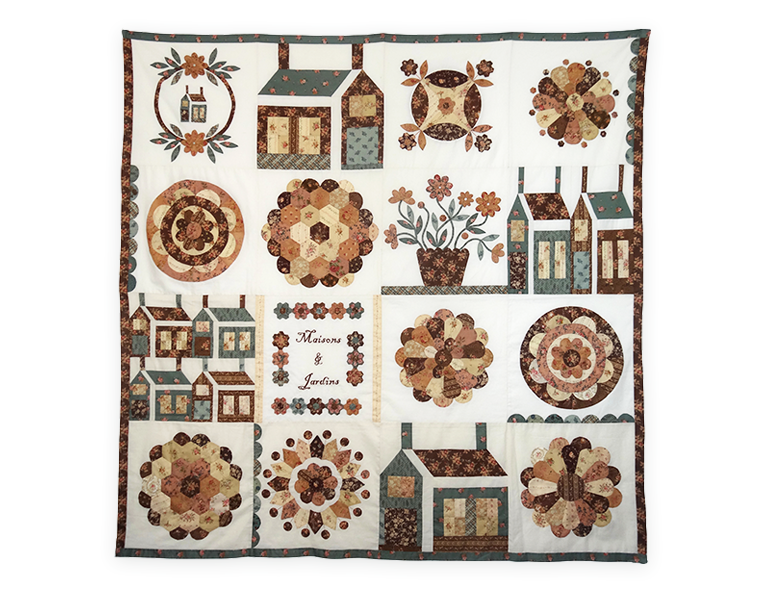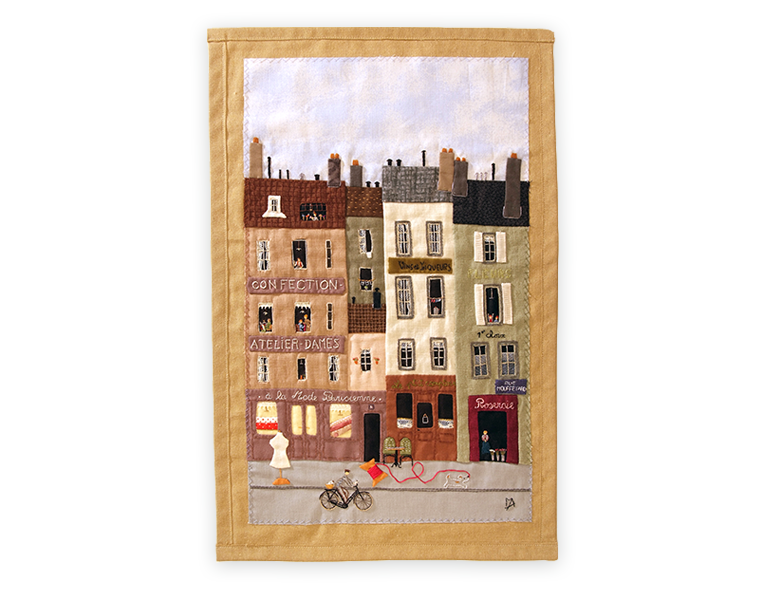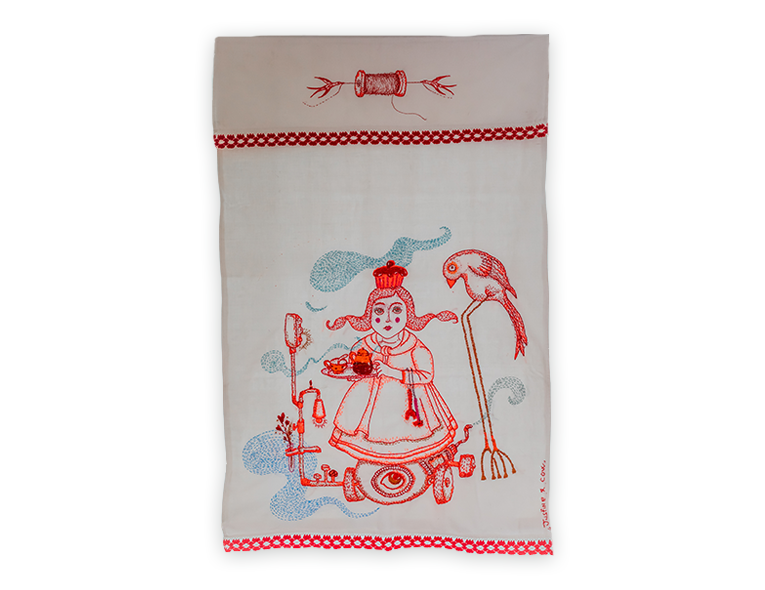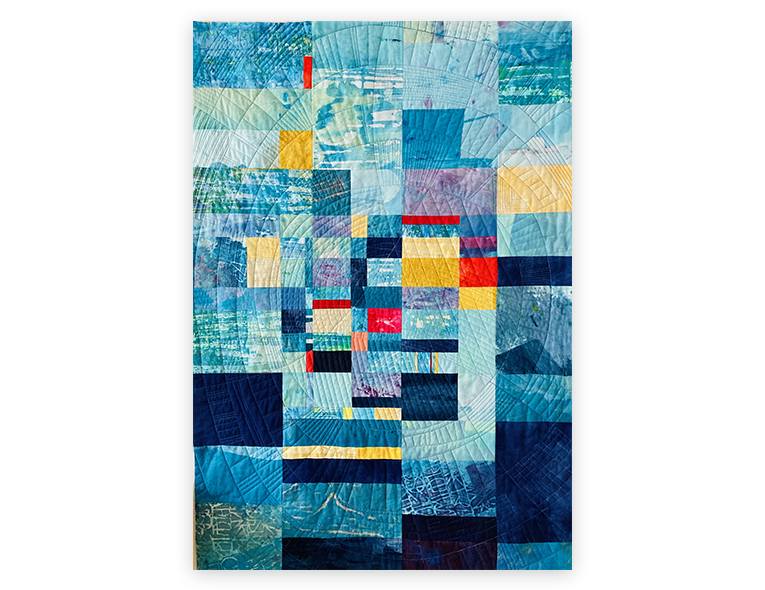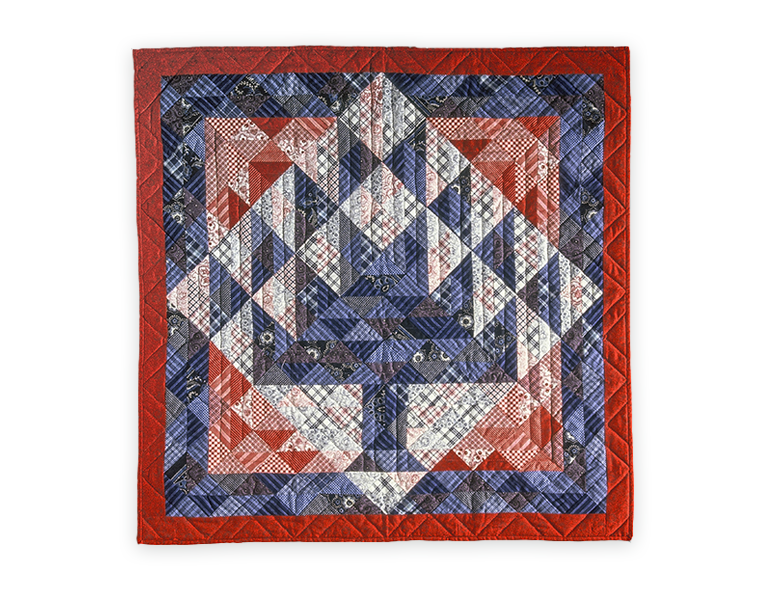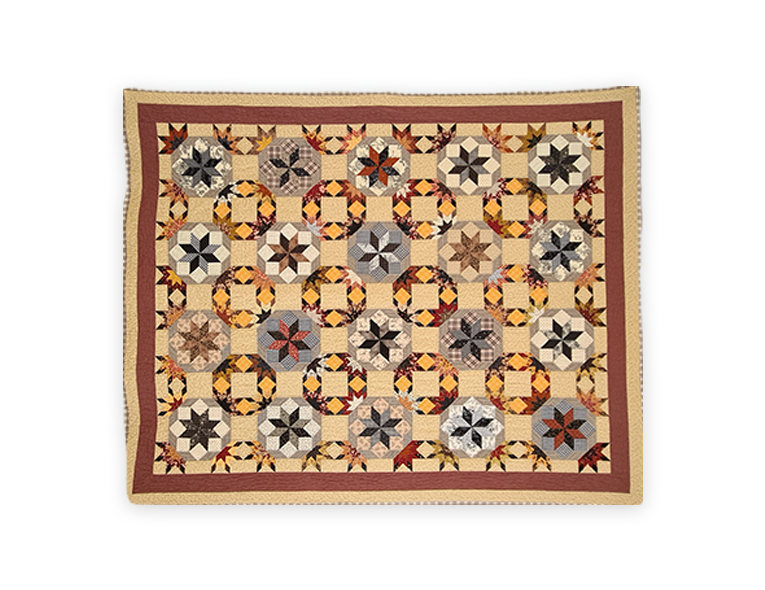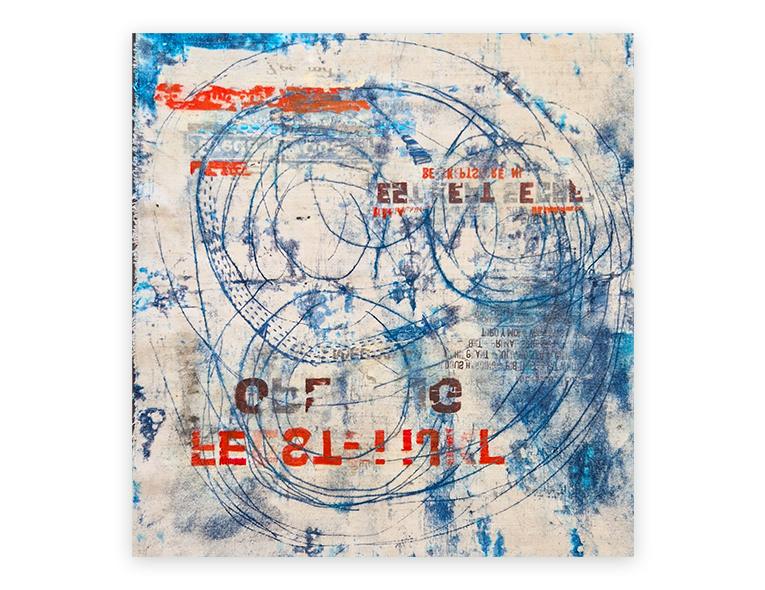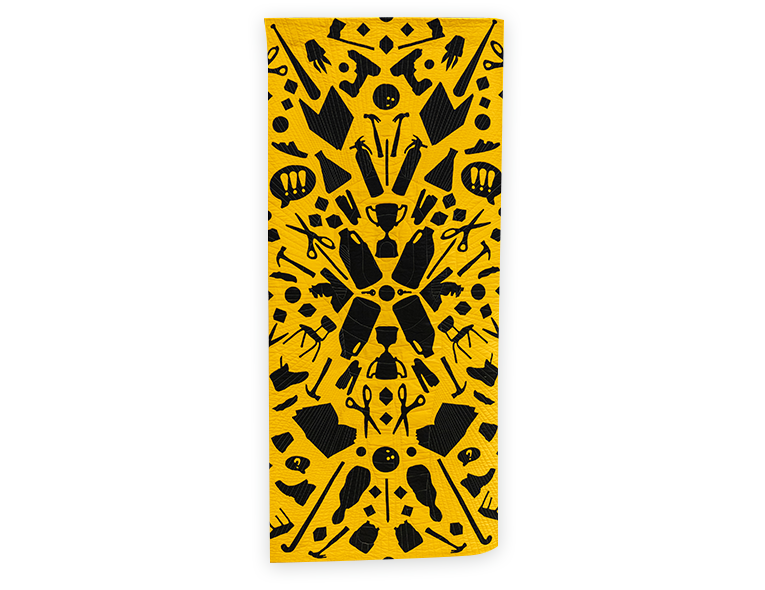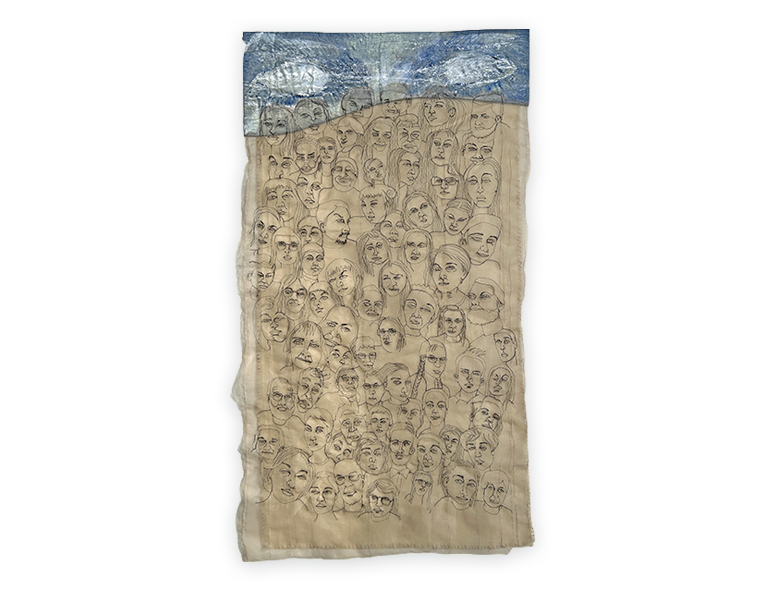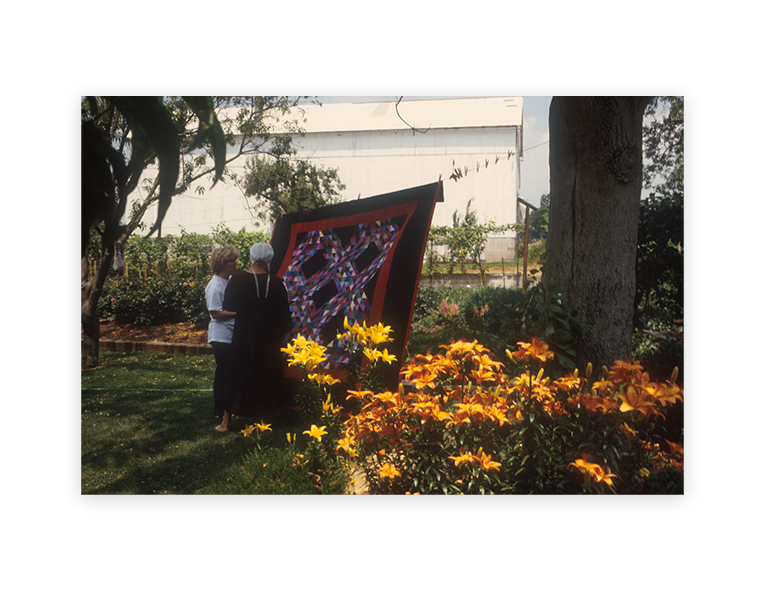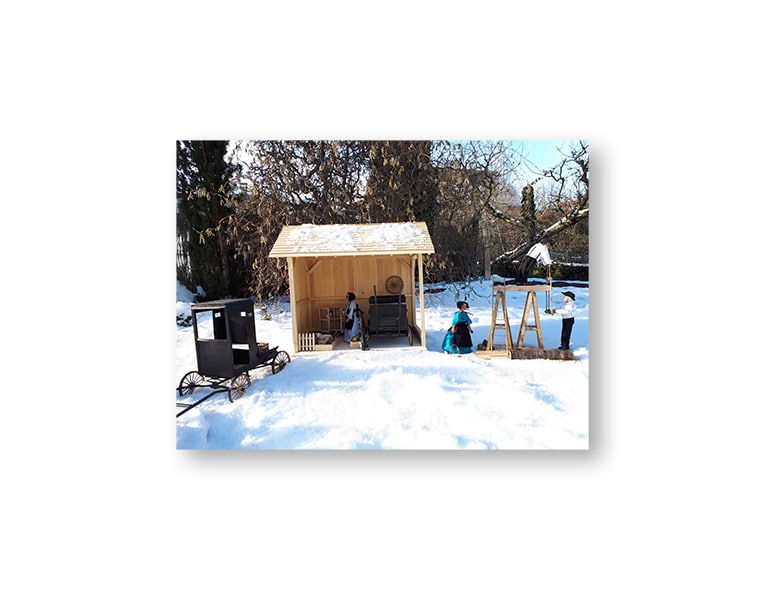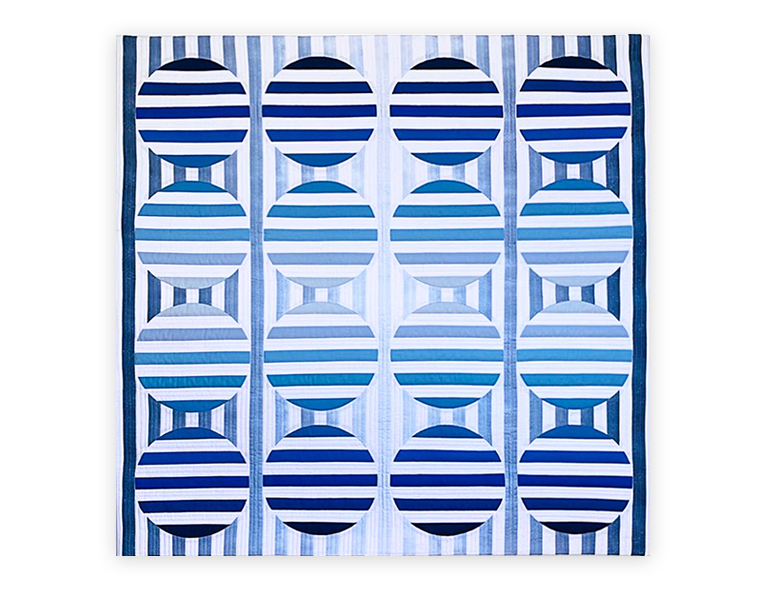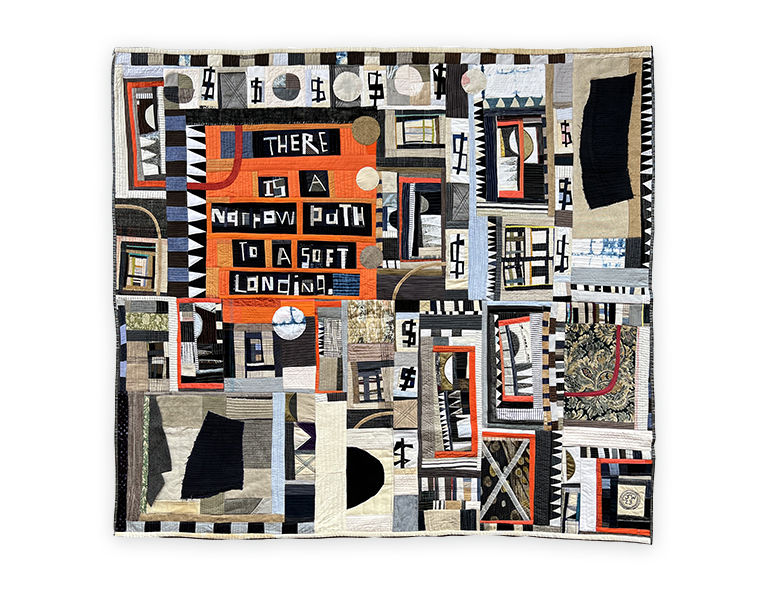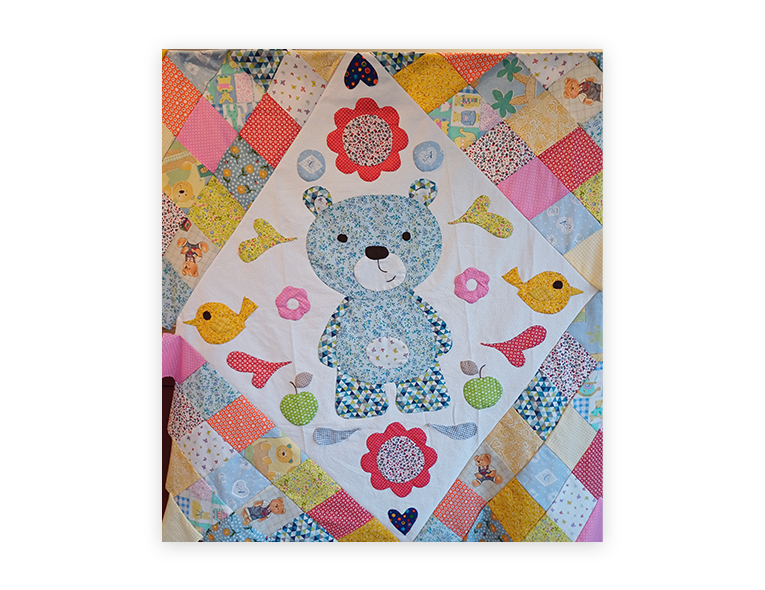The International Quilt Museum (IQM) is home to the world’s largest publicly held quilt collection. With objects from more than 65 countries and dating from the 1600s to today, the IQM aims to collect and exhibit works that represent quilts and quilt making traditions from around the world and throughout history.
The International Quilt Study Center was established in June 1997 at the University of Nebraska-Lincoln when native Nebraskans Ardis and Robert James donated nearly 1,000 quilts to the University. The museum opened in 2008 and is accredited by the American Alliance of Museums.
Commented tour: every day at 10 AM (in English)by Tara Miller, Board member at the American Quilt Study Group (AQSG).
